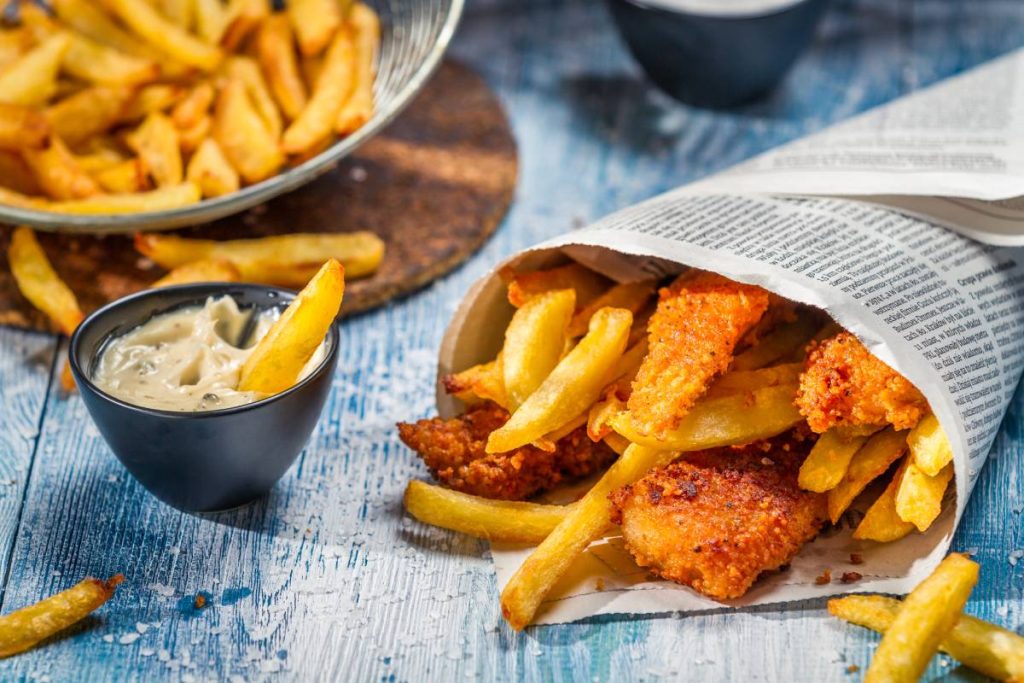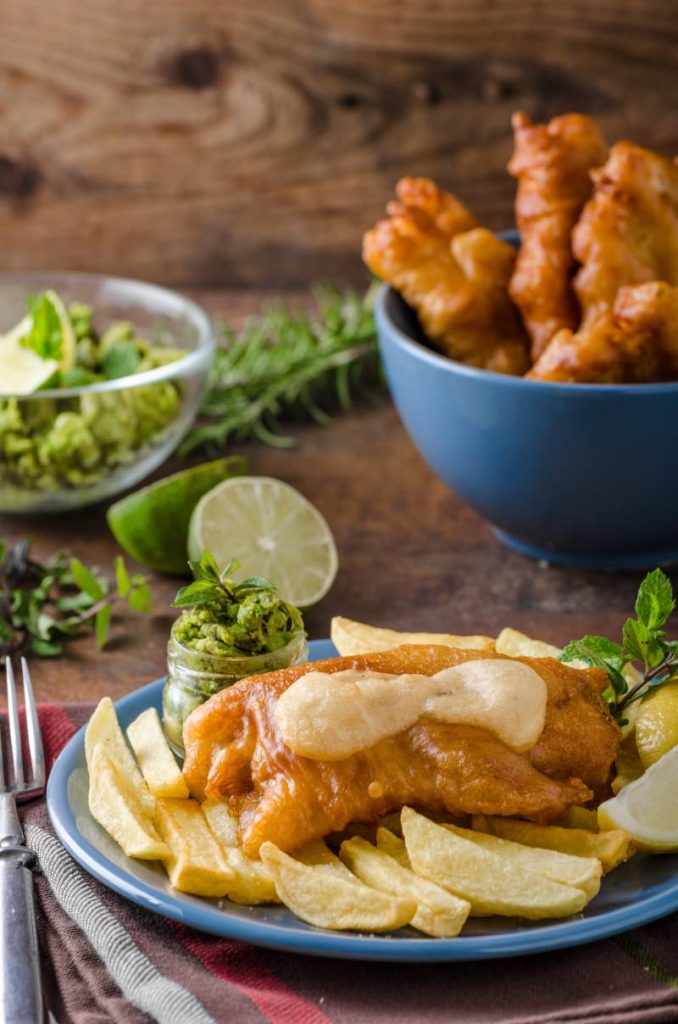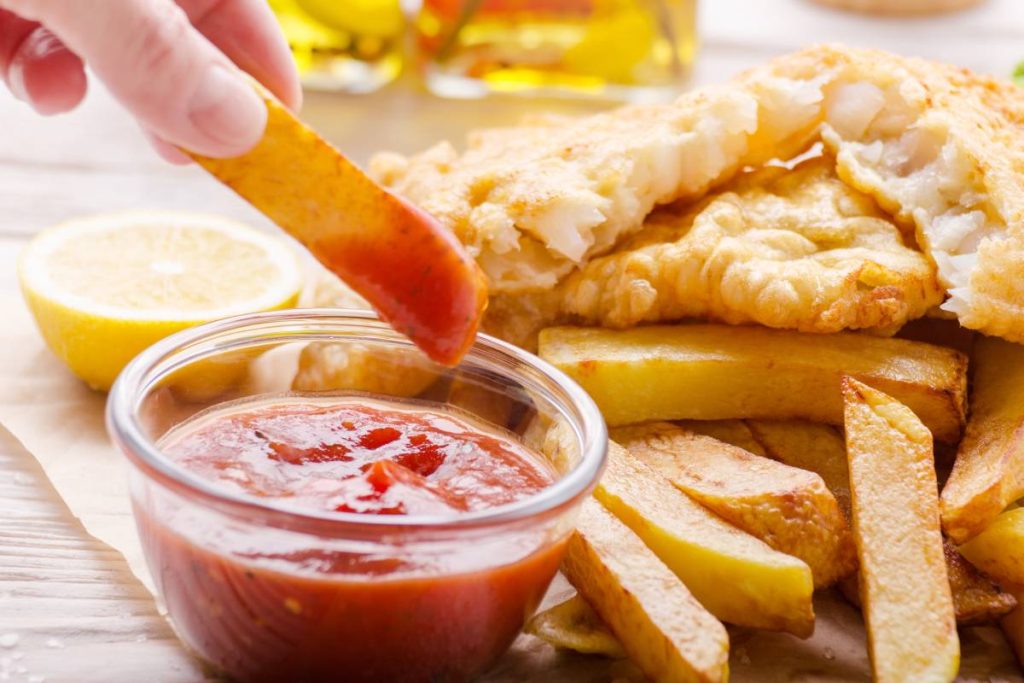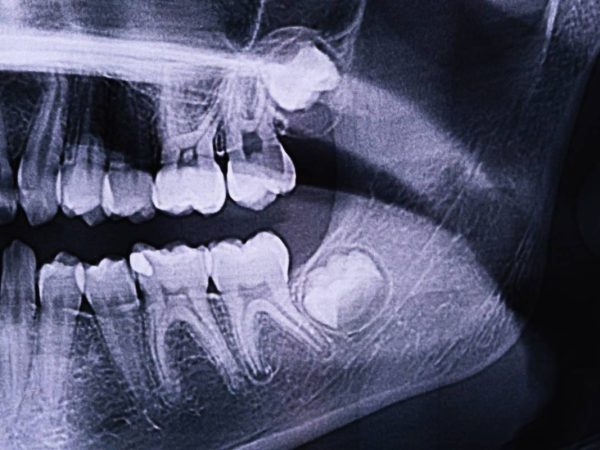
History of fish and chips in Australia? What kind of fish is the best for fish and chips? How to make one?
Fish and chips, a beloved classic dish with roots tracing back to Britain, have long been a staple in the culinary landscape of many nations, including Australia. This iconic meal, featuring crispy battered fish alongside golden fries, has captured the hearts and taste buds of people around the world.
While undeniably delicious, fish and chips often come with concerns about their healthfulness due to their deep-fried nature and high-calorie content. However, with a few simple tweaks and mindful choices, it’s possible to enjoy homemade fish and chips that are both delicious and healthier.
In this article, we’ll explore the history of fish and chips, discuss their nutritional aspects, provide tips for healthier preparation, and offer a step-by-step guide to making homemade fish and chips that you can feel good about indulging in.
What’s the history of fish and chips in Australia?
Fish and chips have a storied history in Australia, dating back to the mid-19th century when British settlers brought the tradition of frying fish in batter to the continent’s shores. As with many British culinary imports, the dish quickly found favour among Australians, becoming a beloved staple that has endured for generations.
The earliest fish and chip shops in Australia began to emerge in the late 19th century, catering primarily to working-class communities seeking affordable and convenient meals. These humble establishments served as neighbourhood hubs where locals could indulge in a hearty portion of battered fish and thick-cut chips, often wrapped in paper for easy takeaway.

While the basic recipe for fish and chips remained true to its British roots, Australian fish and chip shops gradually adapted to local tastes and preferences. As the nation’s culinary landscape diversified, so too did the offerings at these establishments. While classic options like cod and haddock remained popular, Australian seafood such as barramundi, flake (gummy shark), and flathead also found their way onto menus, reflecting the country’s rich coastal bounty.
Throughout the 20th century, fish and chips solidified their place in Australian culinary culture, becoming synonymous with casual dining, family outings, and beachside picnics. Whether enjoyed at a seaside takeaway joint, a local pub, or as a DIY meal prepared at home, fish and chips retained their status as a quintessential Aussie comfort food.
In recent years, there has been a resurgence of interest in traditional cooking methods and locally sourced ingredients, leading to a renewed appreciation for high-quality fish and chips. Artisanal fish and chip shops have sprung up in cities and coastal towns across Australia, offering gourmet twists on the classic dish while remaining faithful to its humble origins.
Today, fish and chips continue to hold a cherished place in the hearts (and stomachs) of Australians nationwide. Whether it’s a Friday night takeaway tradition, a leisurely meal by the beach, or a nostalgic taste of childhood, fish and chips remain a beloved symbol of Aussie cuisine. With its simple yet satisfying combination of crispy batter, tender fish, and golden chips, this iconic dish stands as a testament to Australia’s rich culinary heritage and enduring love affair with all things seafood.
What kind of fish is the best for fish and chips?
The choice of fish for fish and chips can vary depending on personal preference, regional availability, and sustainability considerations. However, some types of fish are particularly well-suited for this classic dish due to their texture, flavour, and ability to hold up to frying. Here are a few popular options:

- Cod: Cod is a traditional choice for fish and chips and has been a staple of the dish since its inception. It has a mild flavour, flaky texture, and holds up well to frying, resulting in a tender and moist interior with a crispy exterior.
- Haddock: Similar to cod, haddock is another white fish that is commonly used in fish and chips. It has a slightly sweeter flavour than cod and a firm texture, making it ideal for frying.
- Pollock: Pollock is a more affordable alternative to cod and haddock and is often used in commercial fish and chip shops. It has a mild flavour and a firm, slightly flaky texture that holds up well to frying.
- Hake: Hake is a versatile fish with a delicate flavour and tender texture. It is less commonly used in fish and chips compared to cod and haddock but can be an excellent choice for those looking for a more sustainable option.
- Halibut: Halibut is a premium choice for fish and chips, known for its firm texture and rich, buttery flavour. While it may be more expensive than other options, its superior taste and texture make it a favourite among seafood enthusiasts.
Ultimately, the best fish for fish and chips is a matter of personal preference. Whether you prefer the classic taste of cod, the sweet flavour of haddock, or the buttery richness of halibut, any of these options can result in a delicious and satisfying dish when prepared with care.
Additionally, it’s always a good idea to consider sustainability when choosing fish, opting for species that are abundant and responsibly sourced whenever possible.
Are fish and chips healthy?
Fish and chips, while delicious, are not typically considered a healthy meal due to their high calorie, fat, and sodium content. Let’s break down why:
- Calories: Both the fish and the chips are typically deep-fried, which adds a significant amount of calories to the dish. Additionally, the batter used to coat the fish can also contribute to the calorie count. A single serving of fish and chips can contain several hundred calories, depending on portion size and cooking method.
- Fat: Deep-frying adds a substantial amount of fat to fish and chips. The fish is typically coated in batter before frying, which absorbs oil during the cooking process. Likewise, the chips (French fries) are also deep-fried, further increasing the fat content of the meal. Consuming too much fat can contribute to weight gain and increase the risk of heart disease.
- Sodium: Fish and chips are often seasoned with salt, both during the cooking process and before serving. Additionally, condiments such as tartar sauce and ketchup can add extra sodium to the meal. High sodium intake is associated with high blood pressure and an increased risk of cardiovascular disease.
However, there are ways to make fish and chips healthier:
- Baking or grilling: Instead of deep-frying, you can bake or grill the fish and chips for a lower-fat alternative. Baking or grilling reduces the amount of oil used in cooking, resulting in a lighter dish.
- Portion control: Pay attention to portion sizes when serving fish and chips. Opt for smaller portions or share a larger serving with others to help manage calorie intake.
- Choosing healthier sides: Instead of traditional deep-fried chips, consider serving baked potato wedges or a side salad to add nutrients and reduce overall calorie and fat intake.
- Homemade versions: Making fish and chips at home allows you to control the ingredients and cooking methods, making it easier to create a healthier version of the dish.
While fish and chips may not be the healthiest meal choice, they can be enjoyed occasionally as part of a balanced diet. It’s essential to balance indulgent foods like fish and chips with healthier options and to practice moderation to maintain overall health and well-being.

How to make homemade fish and chips?
Making homemade fish and chips is a fun and rewarding culinary project. Here’s a basic recipe to guide you through the process:
Ingredients:
For the fish:
- 4 fillets of white fish (such as cod, haddock, or pollock)
- 1 cup all-purpose flour
- 1 teaspoon baking powder
- 1/2 teaspoon salt
- 1/4 teaspoon black pepper
- 1 cup cold beer (or sparkling water)
- Vegetable oil for frying
For the chips (French fries):
- 4 large potatoes (russet or other starchy variety)
- Salt to taste
Instructions:
- Prepare the potatoes:
- Peel the potatoes and cut them into thick strips to resemble traditional chips (French fries).
- Rinse the potato strips under cold water to remove excess starch.
- Pat the potato strips dry with a clean kitchen towel or paper towel.
- Preheat the oil:
- Pour vegetable oil into a large, deep pot or fryer until it’s about halfway full.
- Heat the oil to 350-375°F (175-190°C). Use a candy or deep-fry thermometer to monitor the temperature.
- Fry the chips:
- Carefully add the potato strips to the hot oil in batches, being careful not to overcrowd the pot.
- Fry the chips for 5-7 minutes, or until they are golden brown and crispy.
- Use a slotted spoon or tongs to transfer the cooked chips to a plate lined with paper towels to drain excess oil.
- Sprinkle the hot chips with salt to taste.
- Prepare the fish batter:
- In a large mixing bowl, combine the all-purpose flour, baking powder, salt, and black pepper.
- Gradually whisk in the cold beer (or sparkling water) until the batter is smooth and free of lumps. The batter should have a thick consistency that coats the back of a spoon.
- Fry the fish:
- Pat the fish fillets dry with paper towels to remove excess moisture.
- Dip each fish fillet into the batter, coating it evenly on all sides.
- Carefully lower the battered fish fillets into the hot oil, working in batches if necessary.
- Fry the fish for 4-6 minutes, or until the batter is golden brown and the fish is cooked through. The internal temperature of the fish should reach 145°F (63°C).
- Use a slotted spoon or tongs to remove the cooked fish from the oil and transfer them to a plate lined with paper towels to drain.
- Serve:
- Serve the homemade fish and chips hot, accompanied by your favourite condiments such as tartar sauce, ketchup, or malt vinegar.
- Enjoy your delicious homemade fish and chips with family and friends!
Feel free to customize this recipe to suit your preferences, such as seasoning the batter with herbs or spices or experimenting with different types of fish or potatoes. Homemade fish and chips are a classic comfort food that’s sure to delight everyone at the table!





